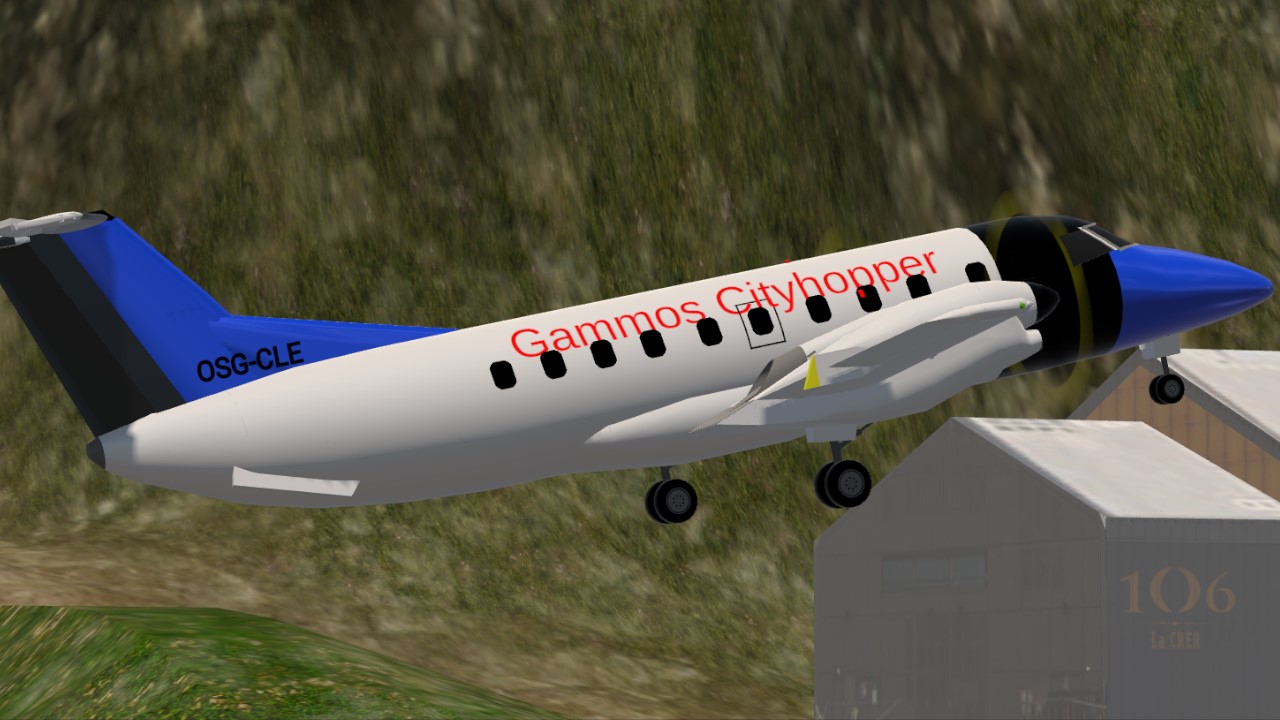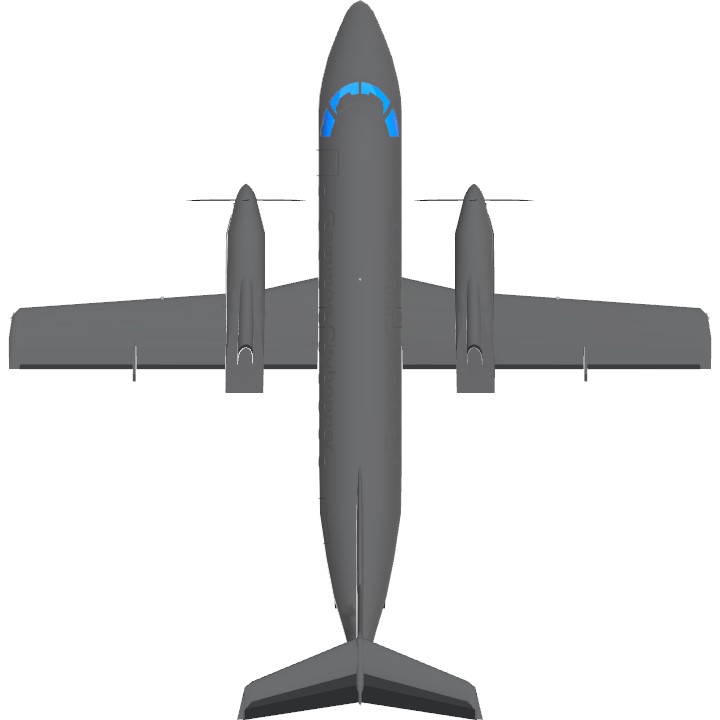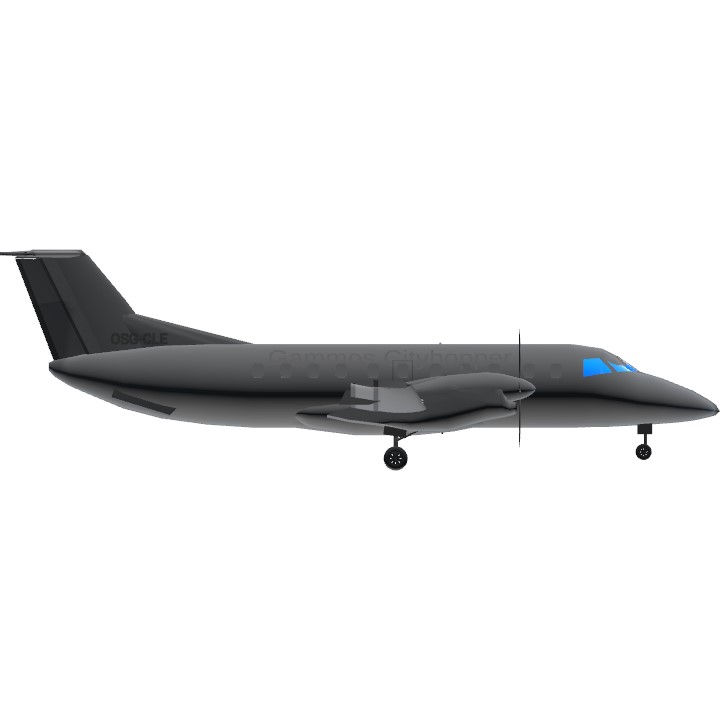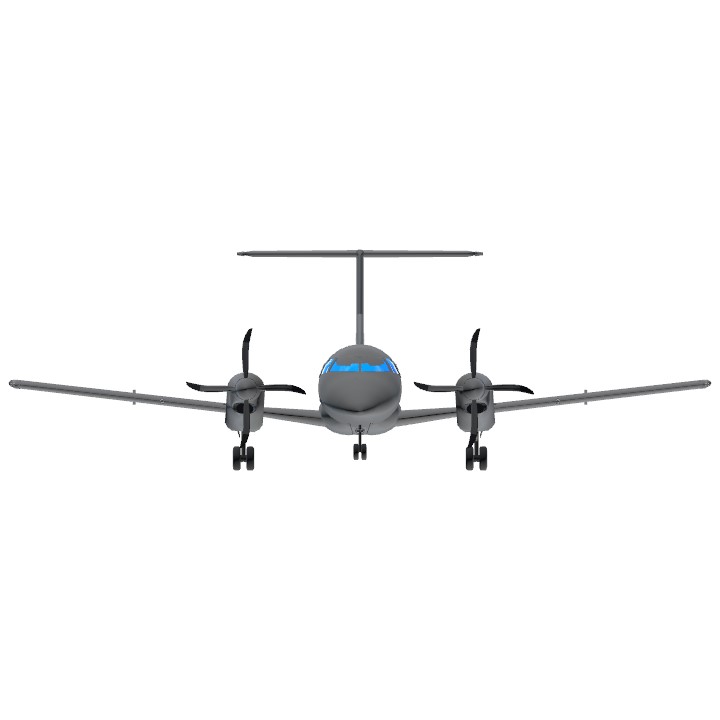About Air Gammos
Air Gammos, founded on December 18, 1934, by visionary entrepreneur Laren Cjeron, pioneered aviation in Asteania. Headquartered in Sjonninkara, Air Gammos' humble beginnings paved the way for greatness. Initially operating with a single Boeing 247, delivered on December 28, 1934, the airline expanded rapidly. Laren Cjeron's leadership and innovative spirit drove Air Gammos' success. By 1937, Air Gammos linked Sjonninkara to major Asteanian cities. International routes followed, connecting Asteania to neighboring nations. Air Gammos' fleet grew, introducing Douglas DC-3s and DC-4s. Post-WWII, the airline resumed services, modernizing infrastructure. In 1952, Air Gammos introduced its signature golden wing logo. The 1960s saw jet-powered aircraft, like Boeing 707s, join the fleet. Transcontinental flights commenced, solidifying Air Gammos' global presence. Laren Cjeron retired in 1970, passing leadership to his protégé, Arin Vexar. Air Gammos continued innovating, adopting advanced technology. In 1985, the airline launched its loyalty program, Golden Wings Club. Air Gammos expanded into cargo services and charter operations. Throughout the 1990s, the fleet modernized with Airbus A320s and Boeing 737s. In 2001, Air Gammos joined the Sky Alliance network. Enhanced in-flight entertainment and amenities followed. Air Gammos celebrated 75 years in 2009 with commemorative flights. Laren Cjeron's legacy was honored with a Sjonninkara airport terminal renaming. Air Gammos invested in sustainable aviation fuels and eco-friendly practices. In 2015, the airline unveiled its sleek, silver-and-gold livery. Air Gammos entered the digital age with mobile check-in and apps. Today, Air Gammos operates a diverse fleet, serving destinations worldwide. As Asteania's flagship carrier, Air Gammos embodies national pride. With a strong legacy and forward-thinking approach, Air Gammos soars into the future. Laren Cjeron's pioneering spirit continues guiding the airline. Air Gammos remains committed to exceptional service and passenger experience. With a rich history and bright horizon, Air Gammos excels as a global aviation leader.
About the EMB-120
The Embraer EMB 120 Brasilia is a twin-turboprop 30-passenger commuter airliner designed and manufactured by the Brazilian aircraft manufacturer Embraer.
The EMB 120 began development during 1974. While initially conceived as a modular series of aircraft, the Family 12X and referred to as the Araguaia, intending to achieve a high level of commonality with the EMB 121 Xingu, the aircraft was redesigned and relaunched with the Brasilia name scheme during 1979. The redesign, which drew on operator feedback, reduced the seating capacity somewhat while removing commonality with the EMB 121. Its size, speed, and ceiling enabled faster and more direct services to be flown in comparison to similar aircraft. The EMB 120 features a circular cross-section fuselage, low-mounted straight wings and has a T-tail.
On 27 July 1983, the prototype performed its maiden flight. During October 1985, the first EMB 120 entered service with Atlantic Southeast Airlines; it quickly entered service with numerous regional airlines, particularly those in the lucrative US market. While the majority of sales were made to civilian operators, a few military customers were also garnered for the type; a specialised VIP transport version, the VC-97, was operated by the Brazilian Air Force. Numerous models were developed to fulfil differing roles and requirements; these included the flexible EMB120 Convertible and the extended range EMB120ER. During 2001, production of the EMB 120 was terminated; it was the last turboprop-powered airliner to be produced by Embraer.
Specifications
General Characteristics
- Predecessor Embraer EMB-120 Brasilia
- Created On Windows
- Wingspan 64.8ft (19.8m)
- Length 66.4ft (20.3m)
- Height 20.4ft (6.2m)
- Empty Weight 9,254lbs (4,197kg)
- Loaded Weight 18,573lbs (8,425kg)
Performance
- Horse Power/Weight Ratio 0.323
- Wing Loading 24.7lbs/ft2 (120.4kg/m2)
- Wing Area 753.0ft2 (70.0m2)
- Drag Points 6215
Parts
- Number of Parts 263
- Control Surfaces 11
- Performance Cost 1,290




